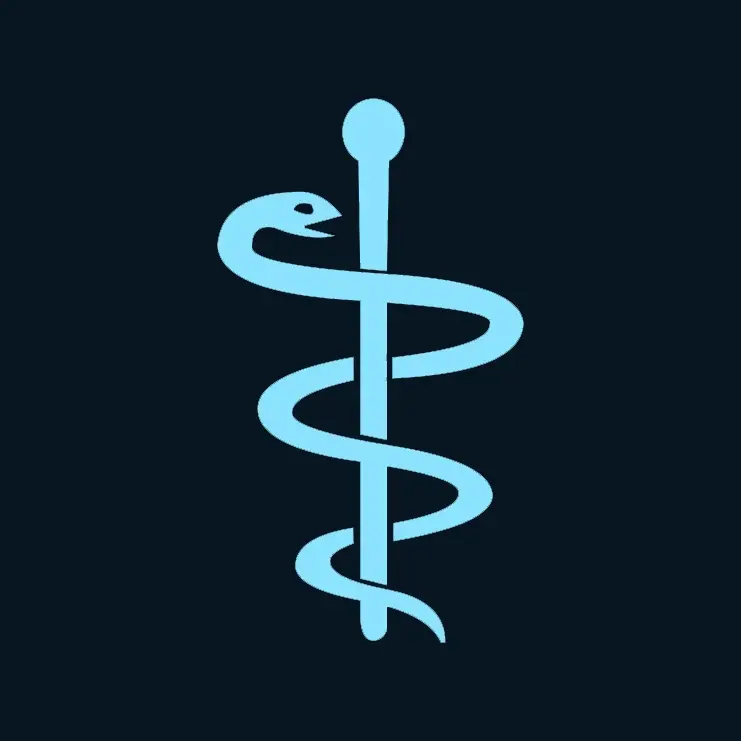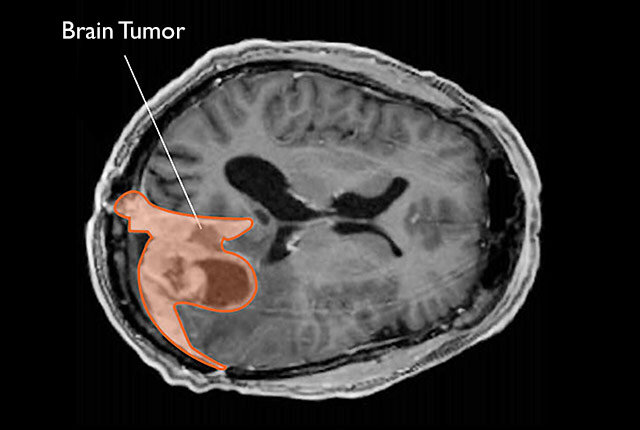- cross-posted to:
- health@lemmy.world
- cross-posted to:
- health@lemmy.world
Relevant bit if you don’t want to click:
Progestogens are similar to the natural hormone progesterone, which are widely used for gynecological conditions such as endometriosis and polycystic ovary syndrome, and in menopausal hormone therapy and contraceptives.
Meningiomas are mostly non-cancerous tumors in the layers of tissue (meninges) that cover the brain and spinal cord. Factors such as older age, female sex, and exposure to three high-dose progestogens (nomegestrol, chlormadinone, and cyproterone acetate) are already known to increase the risk of meningioma.
But there are many other progestogens for which the risk of meningioma associated with their use has not been estimated individually.
To address this knowledge gap, researchers set out to evaluate the real life risk of intracranial meningioma requiring surgery in women associated with use of several progestogens with different routes of administration. They used data from the French national health data system (SNDS) for 18,061 women (average age 58) who underwent intracranial meningioma surgery from 2009–2018.
Each case was matched to five control women without intracranial meningioma (total 90,305) by year of birth and area of residence.
“Each cased was matched…” what does this sentence mean? It sounds like in their data set 1 in 6 got the surgical treatment, does that mean it is that likely to get it?
In the study, they compared each case of a woman who received surgery for meningioma to five other women who did not, matching them with five people of similar age and location to control for those variables. Then they got medical histories on all the women to see how these hormonal therapies impacted meningioma rates
Ah, that makes more sense. Thanks
As in are 1 in 6 people or 17.6% of the applicable population will get it? No. There were roughly 1800 surgeries per year, so take the adult female population and divide it by 1800 to get the rate.



